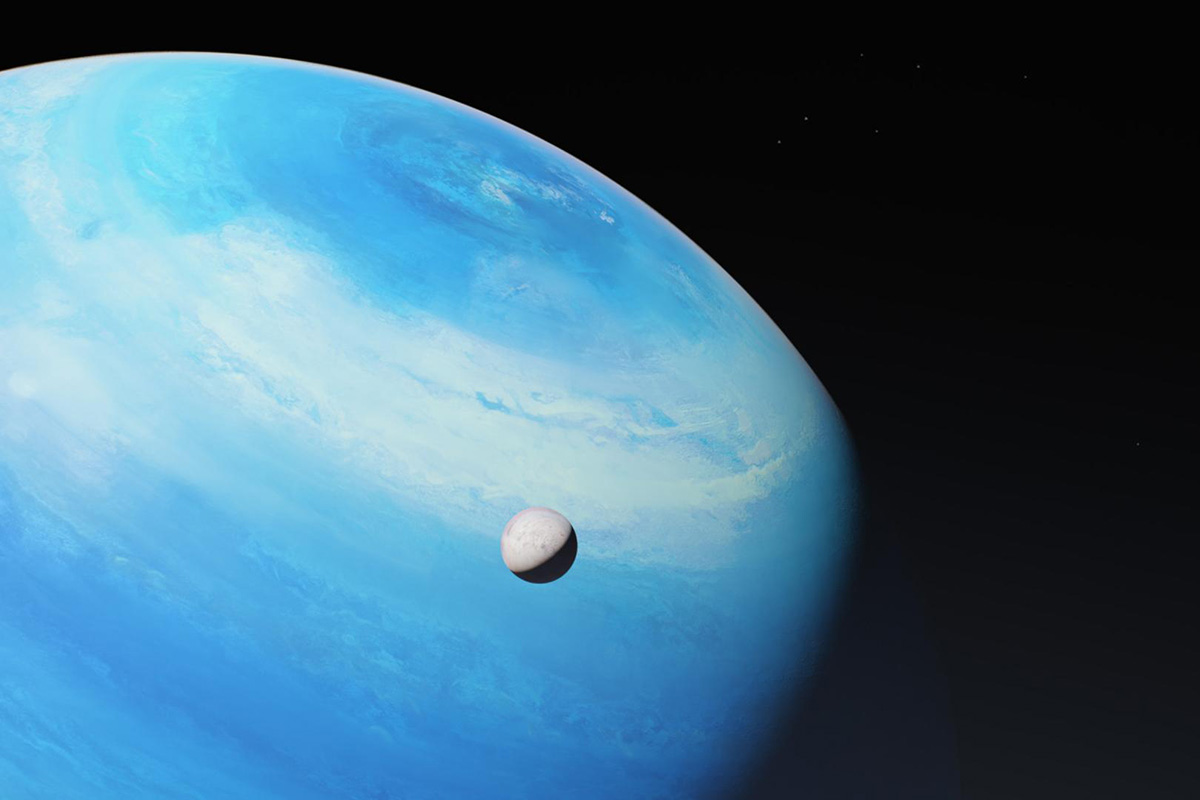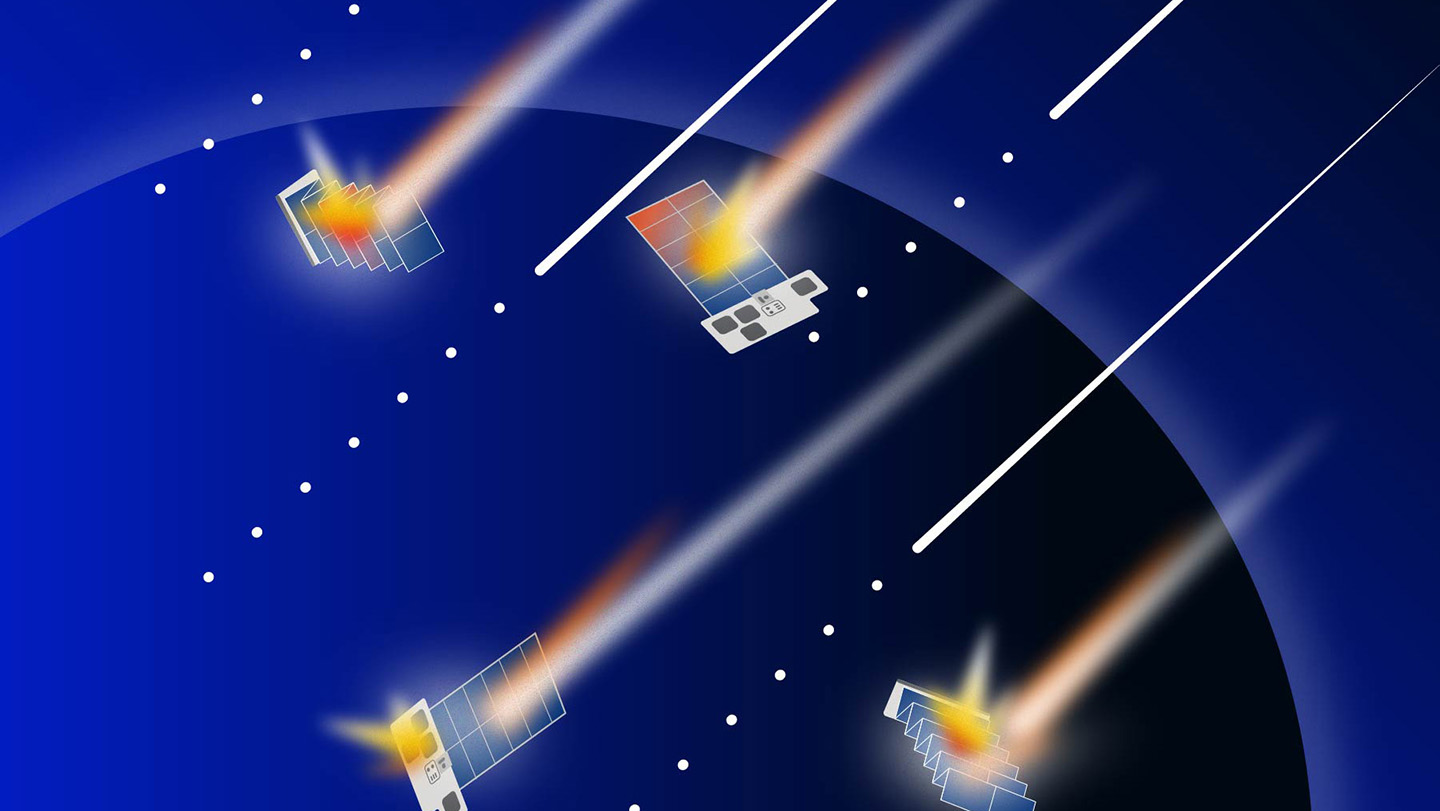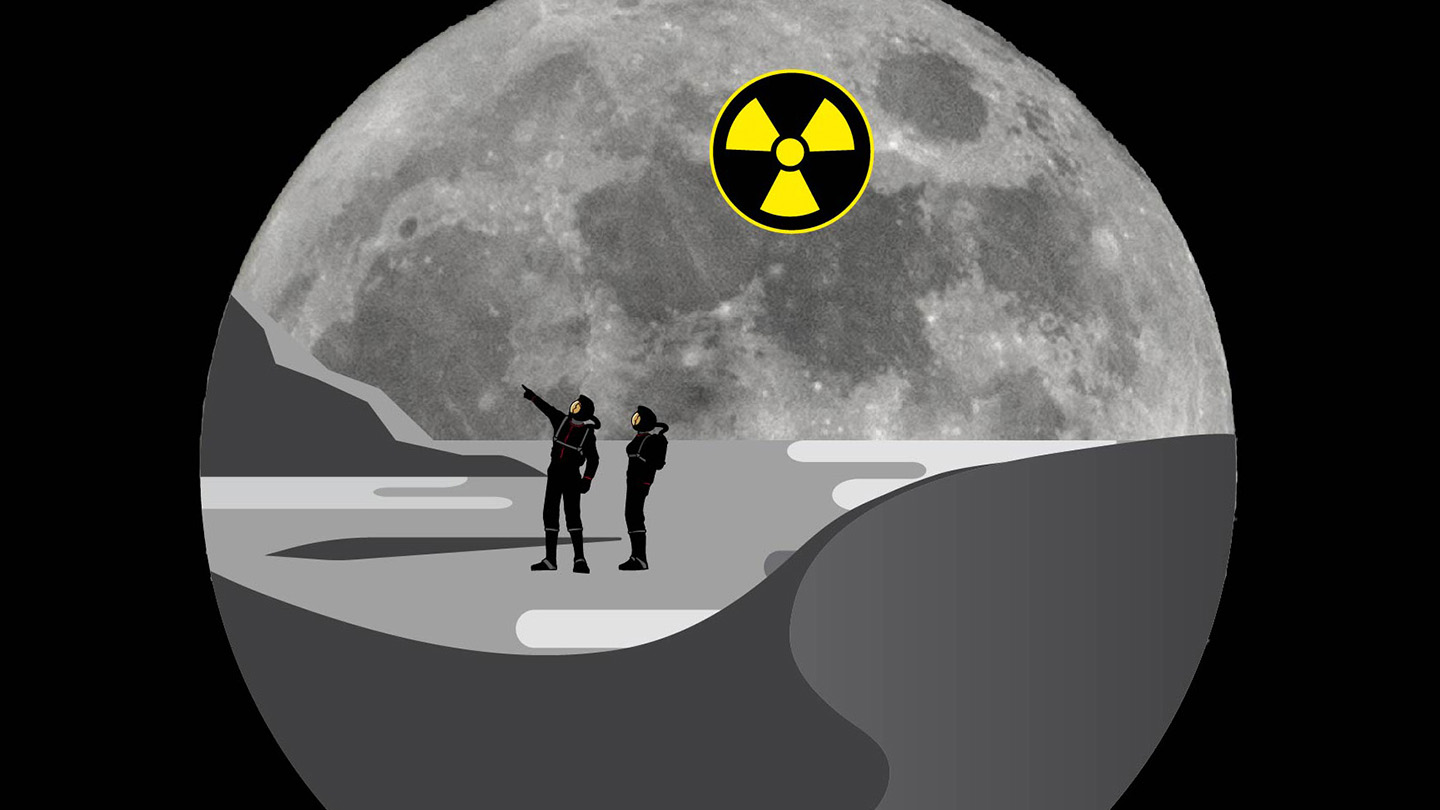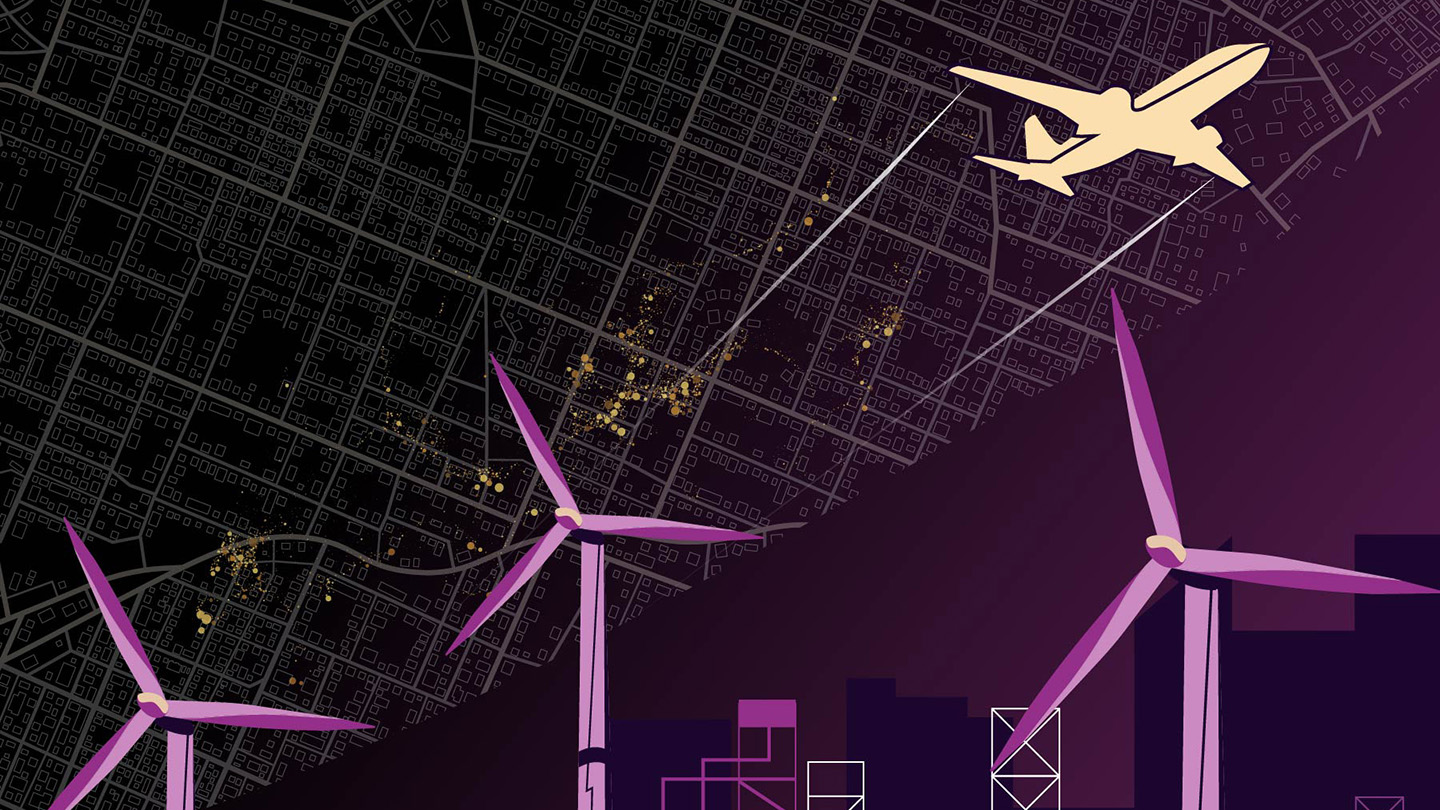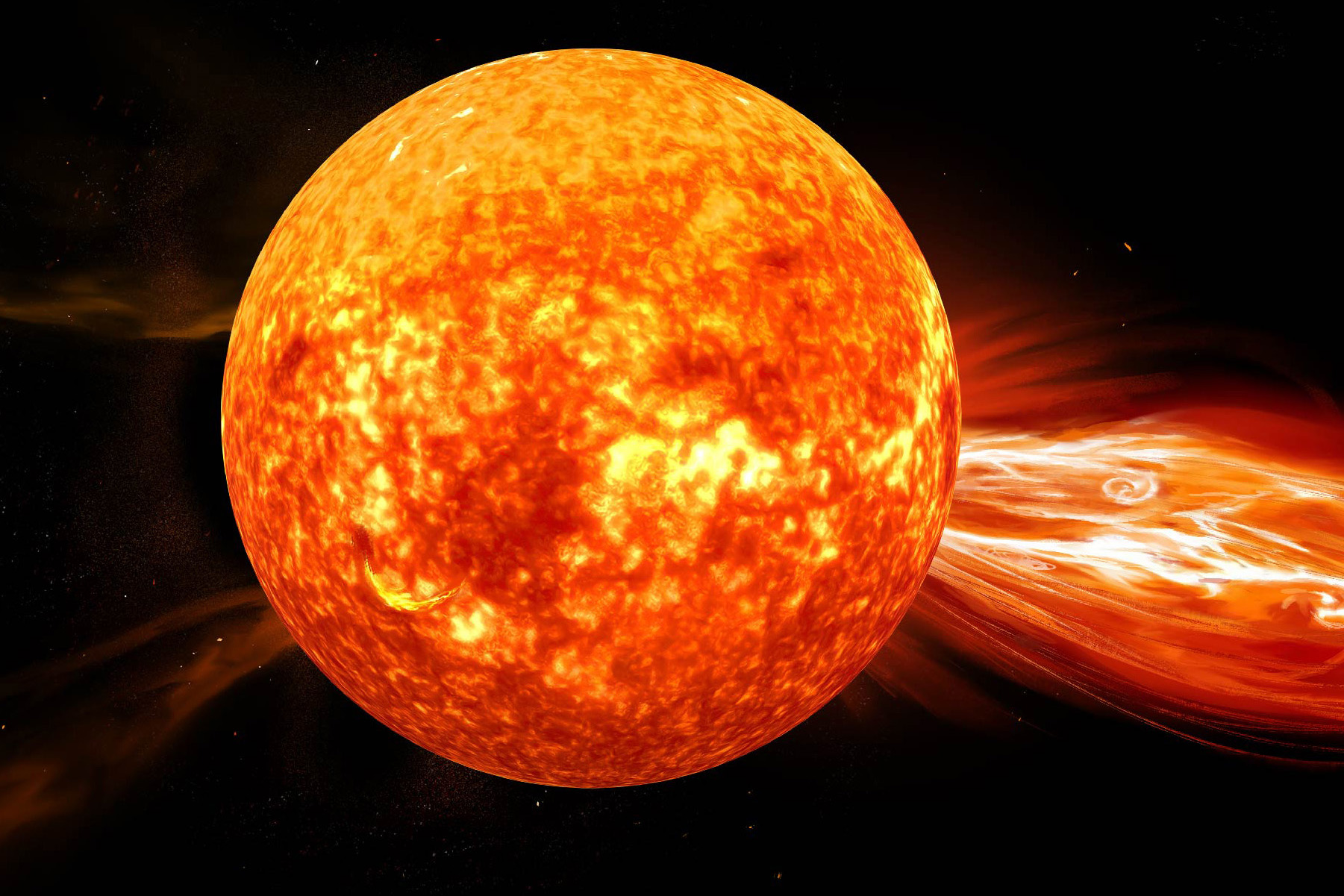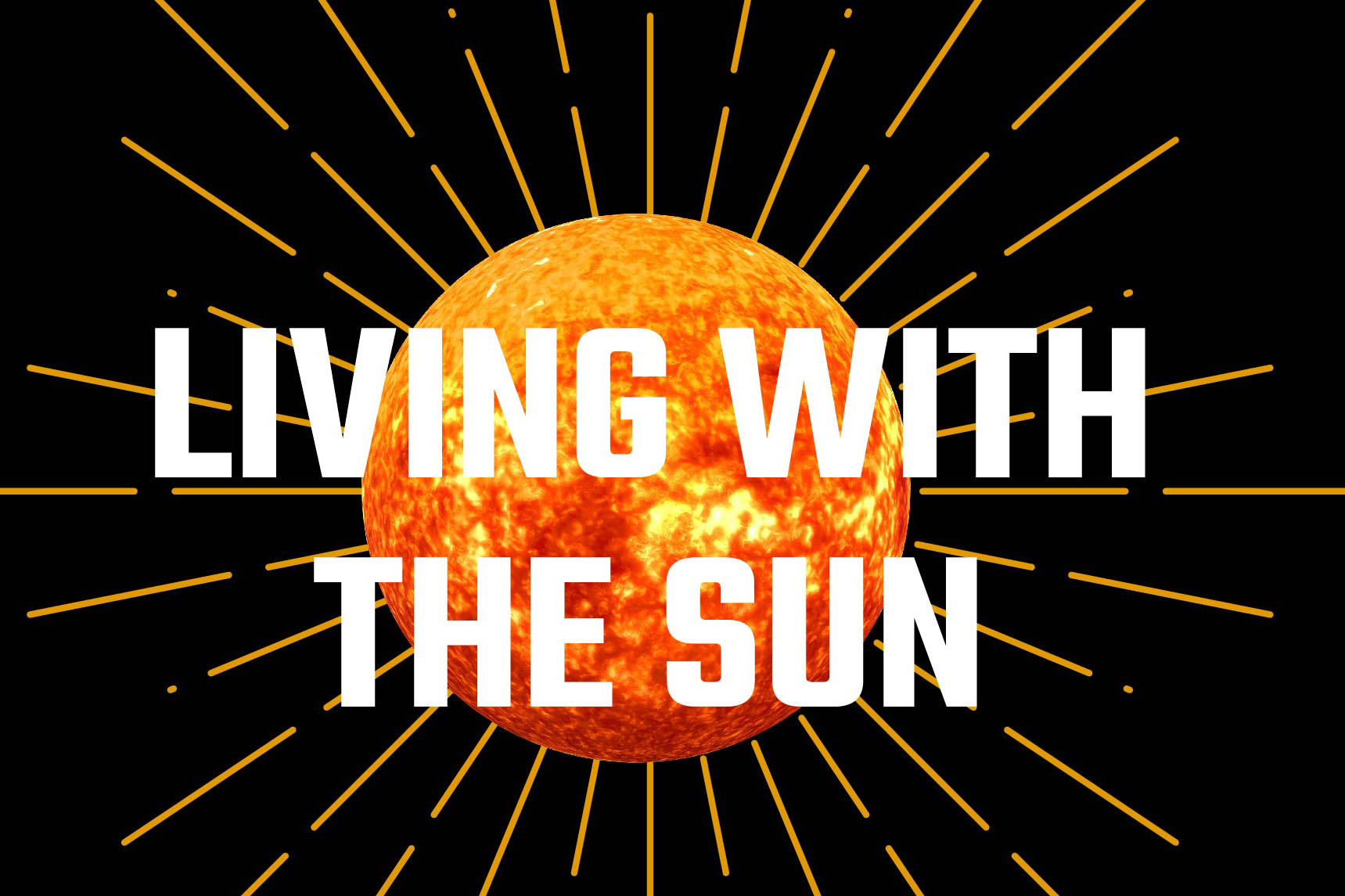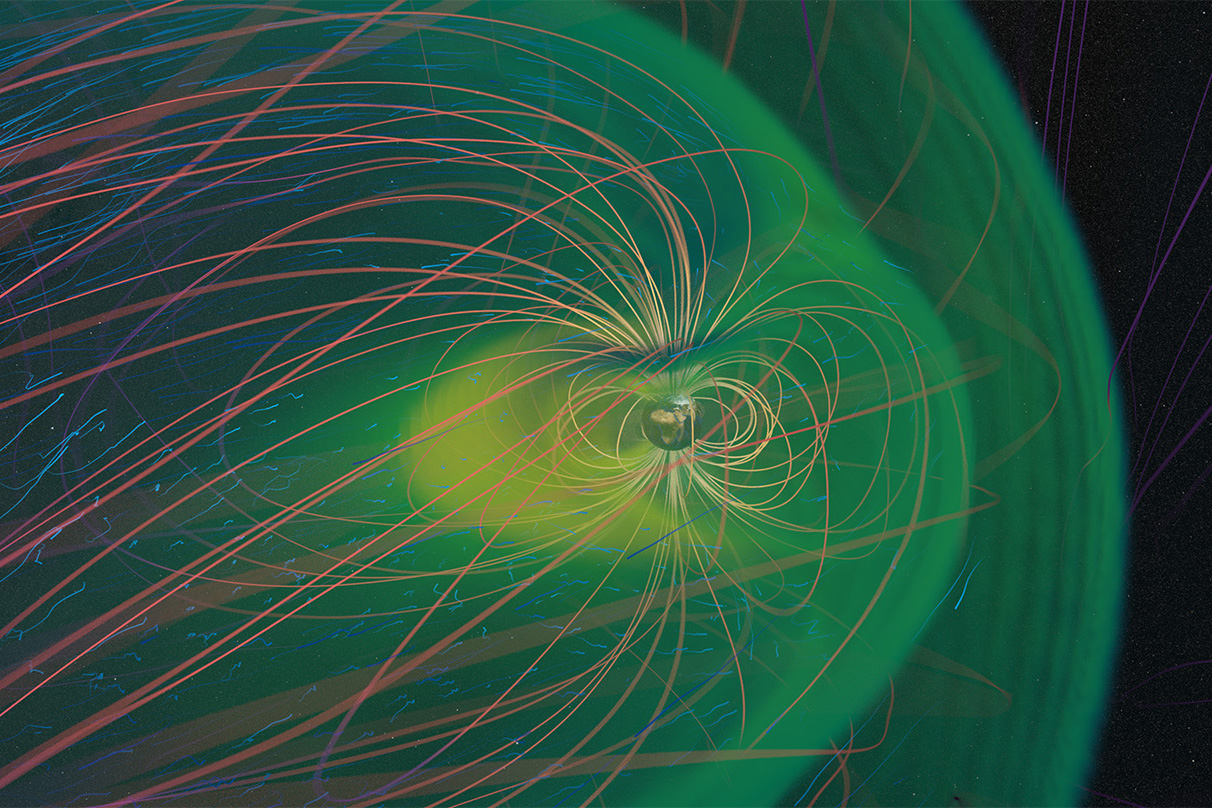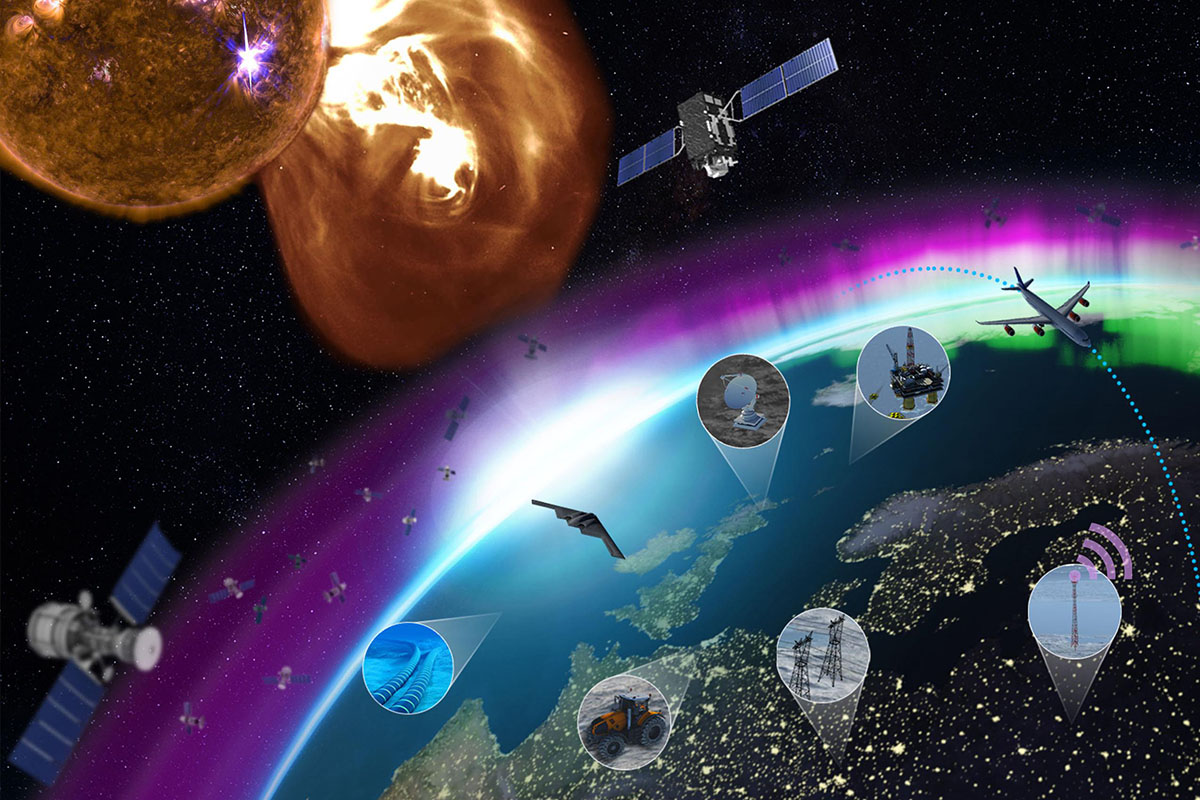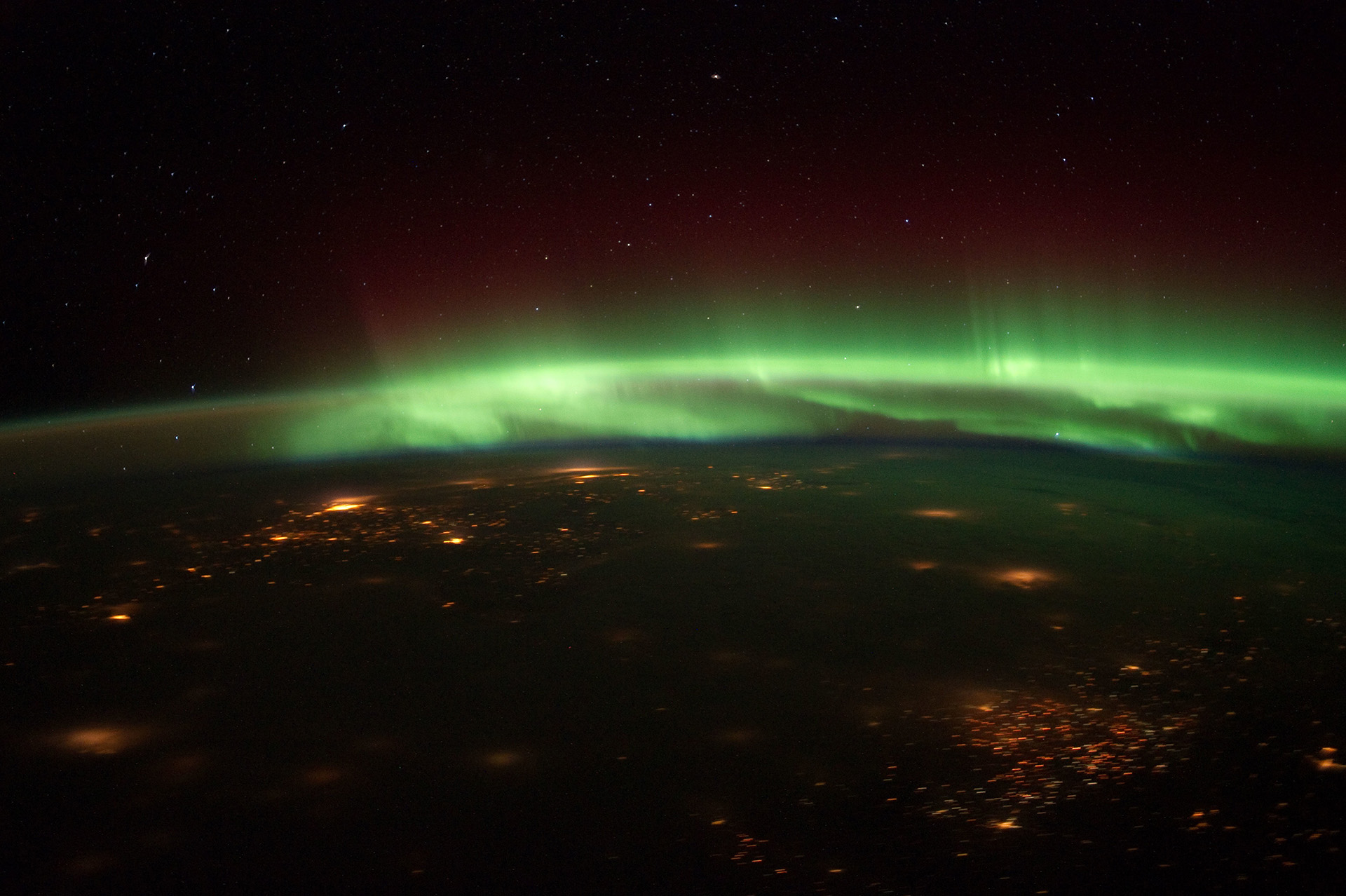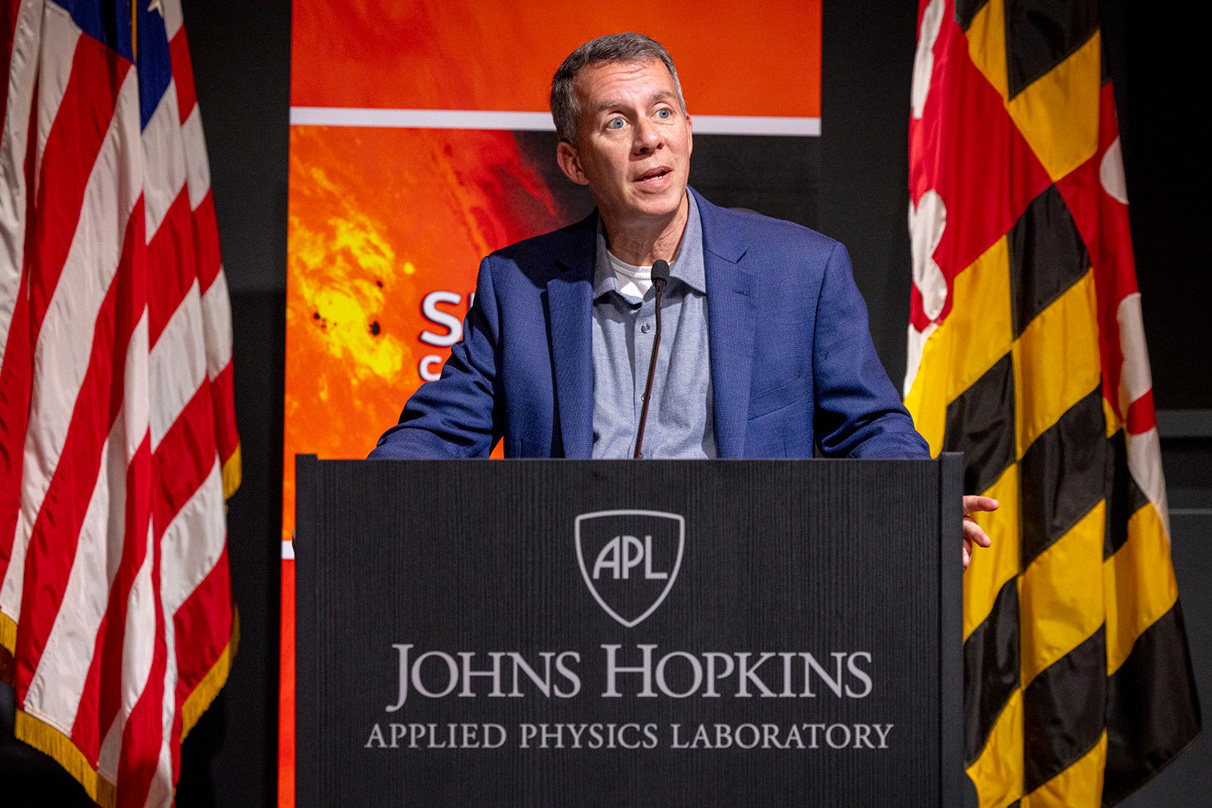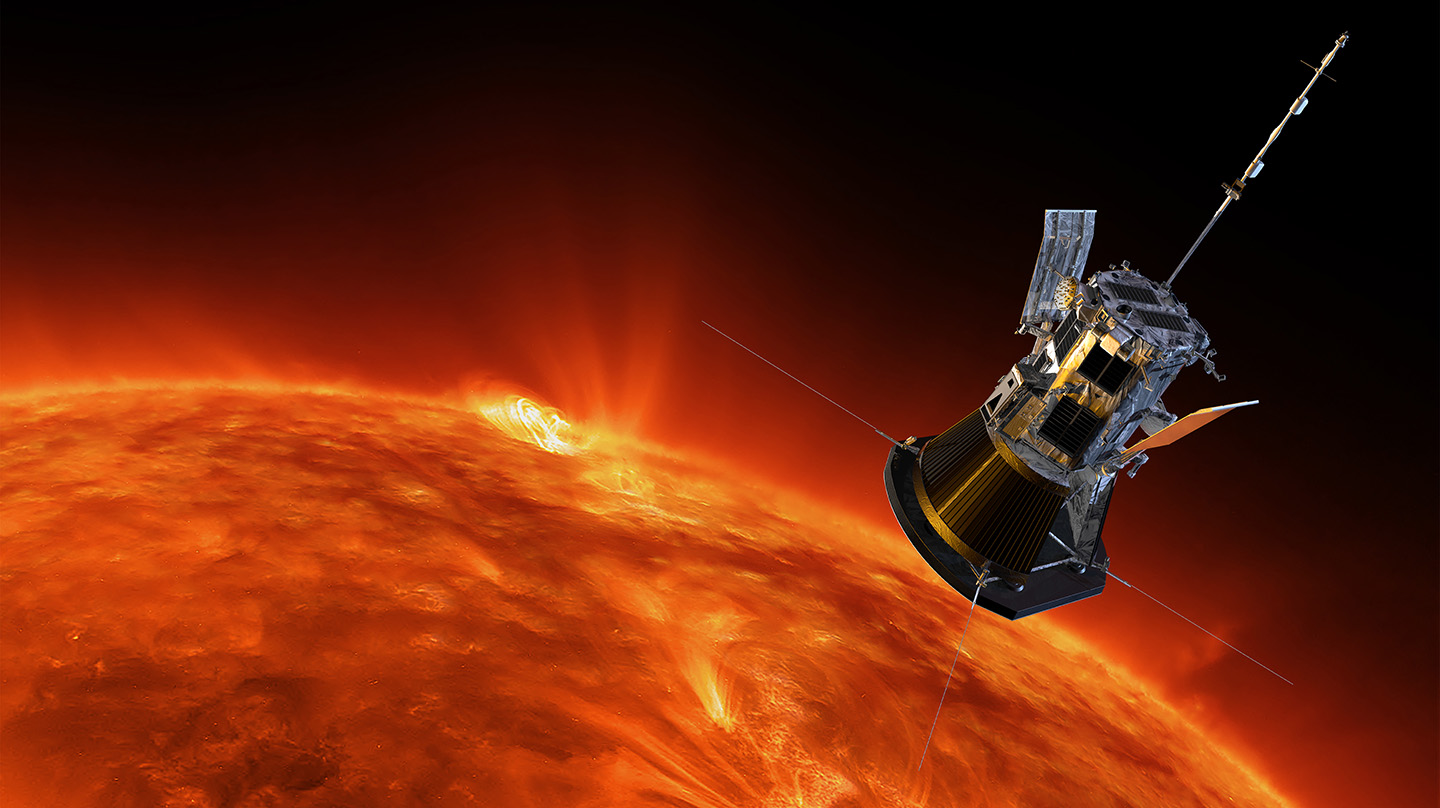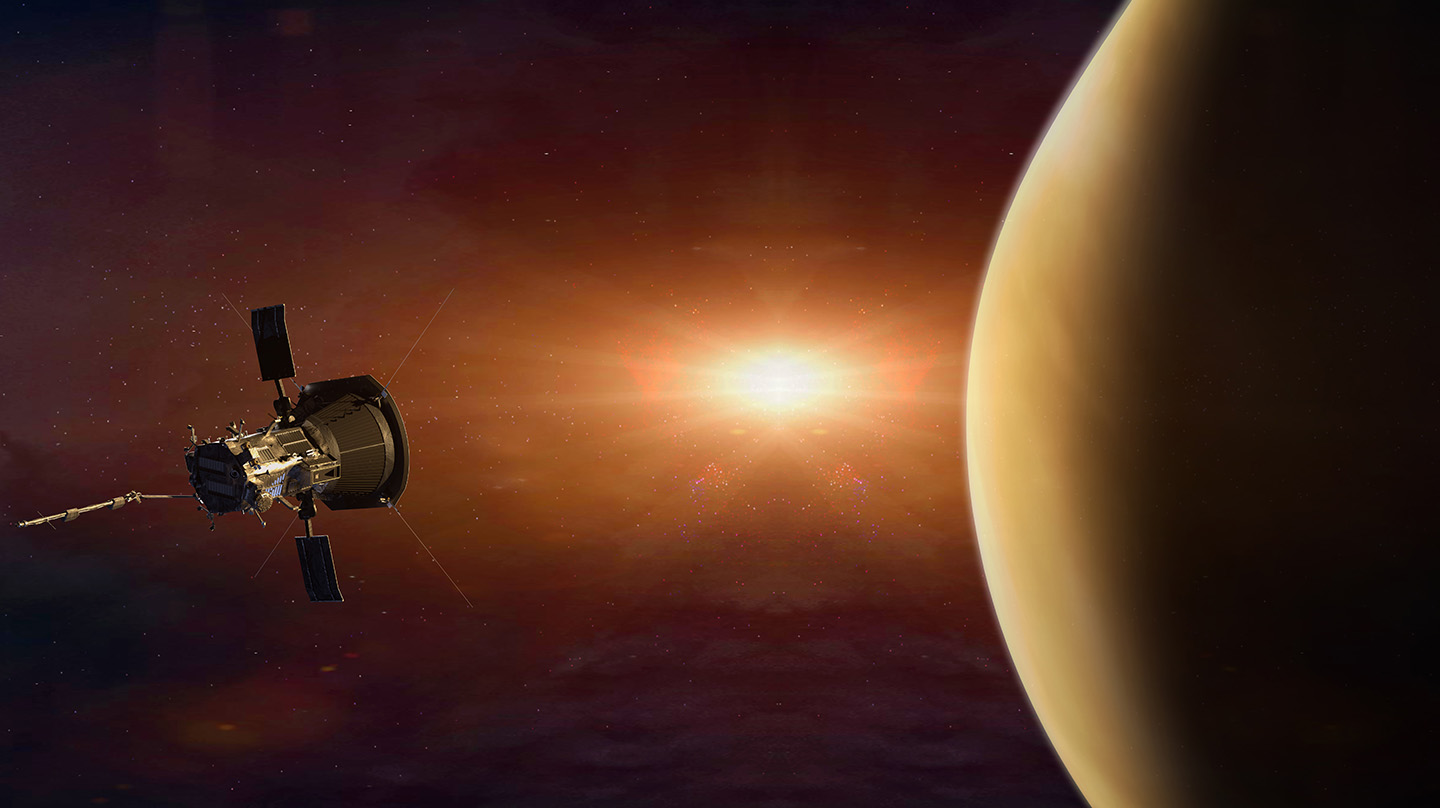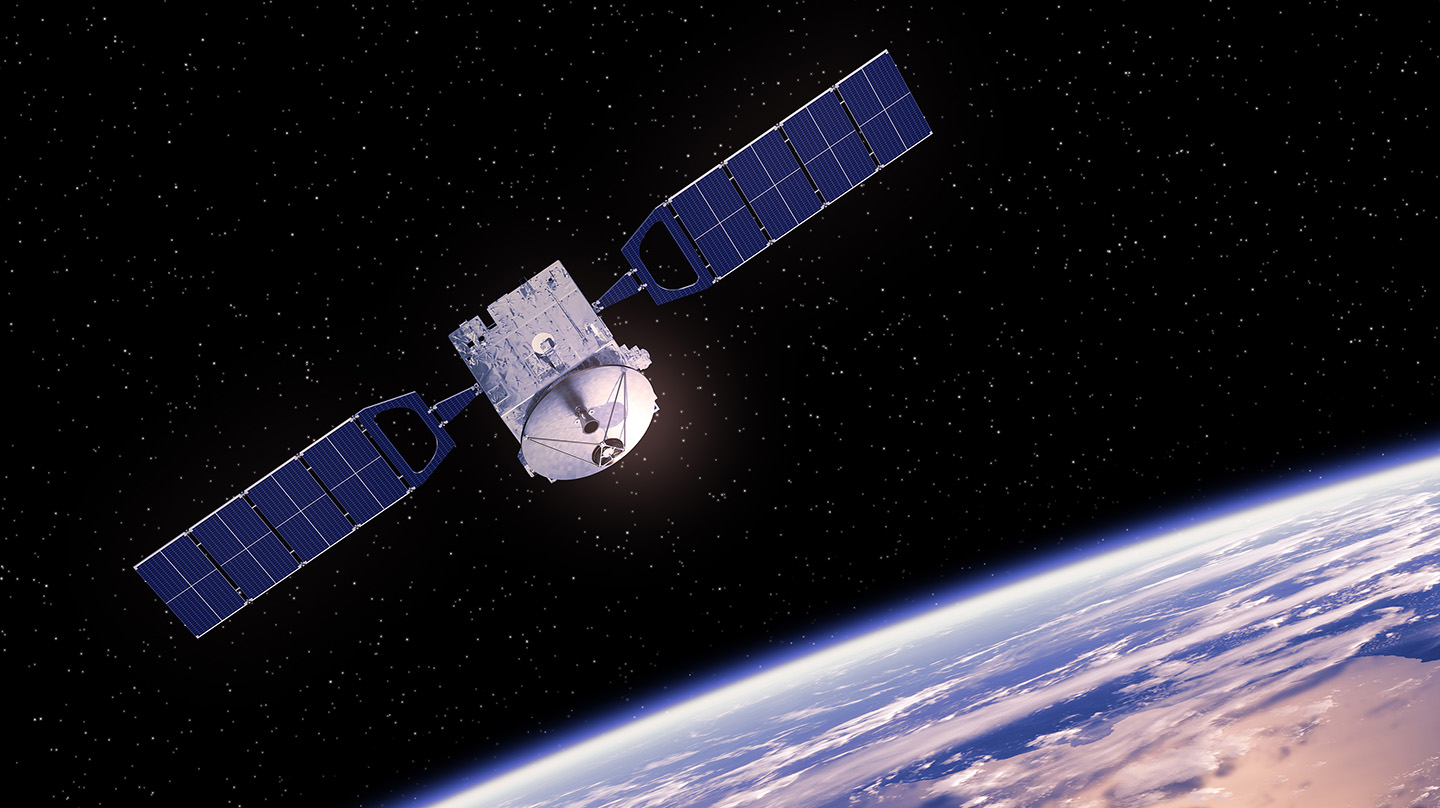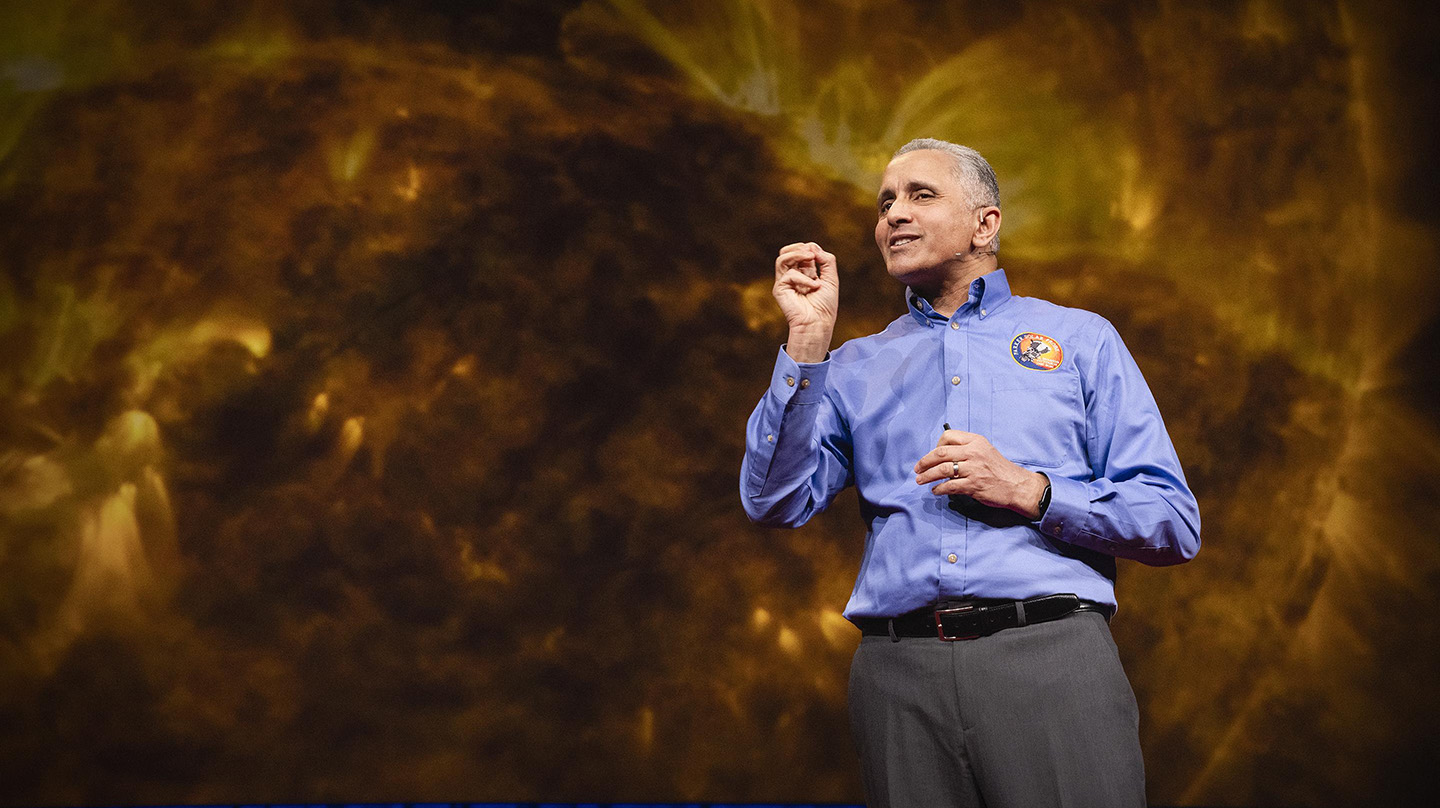
Space Weather and Heliophysics
Living With Our Sun
We’ve been lucky.
Behind the beauty and wonder of our Sun lies the potential for massive, violent forces to create giant eruptions, such as solar flares and coronal mass ejections (CMEs), that blast energy, light, and particles into space, creating so-called geospace storms. And while our world is a relatively small target, a direct hit from a CME would profoundly impact our power grids, satellite systems, air travel, and communications — damaging our economic infrastructure and threatening national security.
APL is a leader in space weather science, observations, and modeling — particularly in understanding the drivers of solar activity, the role Earth’s magnetosphere plays in protecting us, and the response of the upper atmosphere to solar variability. APL has built and operates multiple space weather missions for NASA and plays critical roles in the creation, construction, and operation of numerous instruments that enhance our understanding of space weather in a broader context.
APL also prominently and actively fosters collaboration to develop physics-based and machine-learning models that establish the foundation for predicting and visualizing space weather events, conducts gap analyses, hosts the SEASONS conference on space weather, and leads tabletop exercises involving leaders from government and academia — further contributing to humankind’s preparedness to deal with a significant space weather event impacting Earth.
Expertise in Action
Missions
APL has designed, built, and operated more than 70 innovative spacecraft over its six decades of spaceflight experience. Click below to learn about some of the heliophysics and space weather missions that made revolutionary discoveries, and spacecraft that will push the boundaries of exploration and investigate outstanding scientific mysteries.
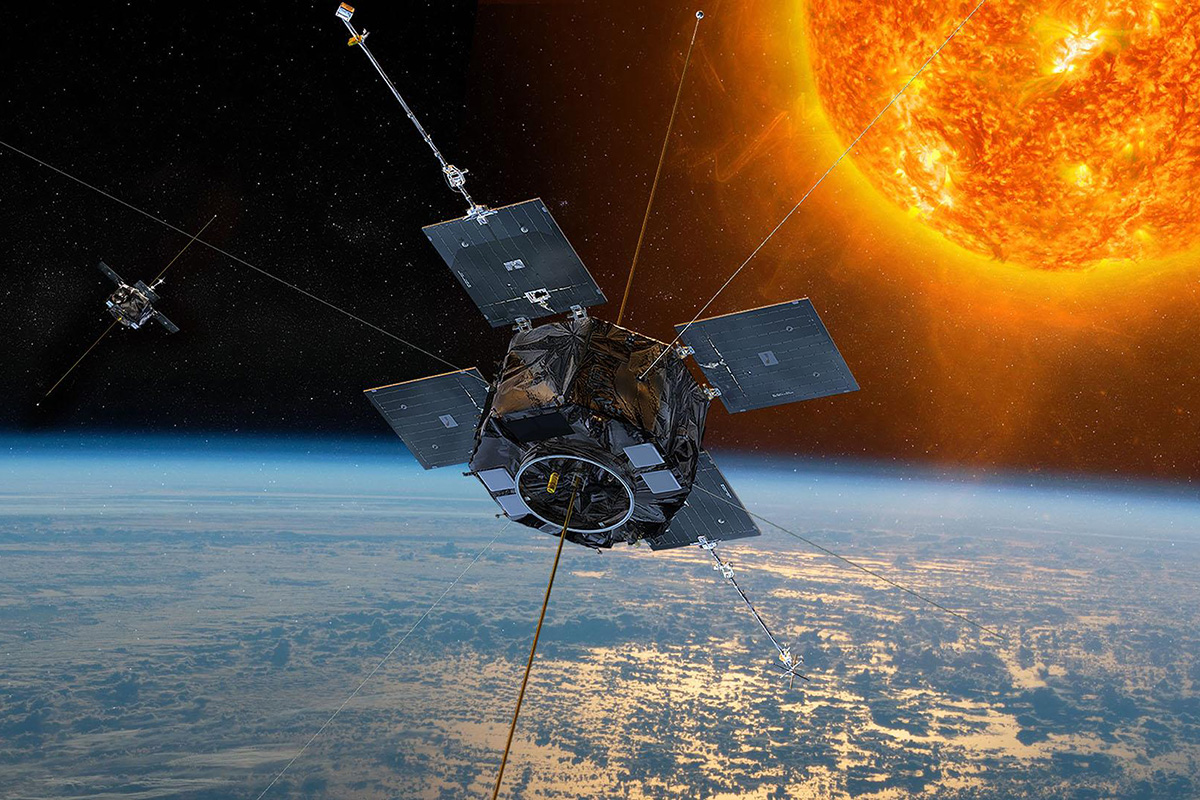
Van Allen Probes Earth
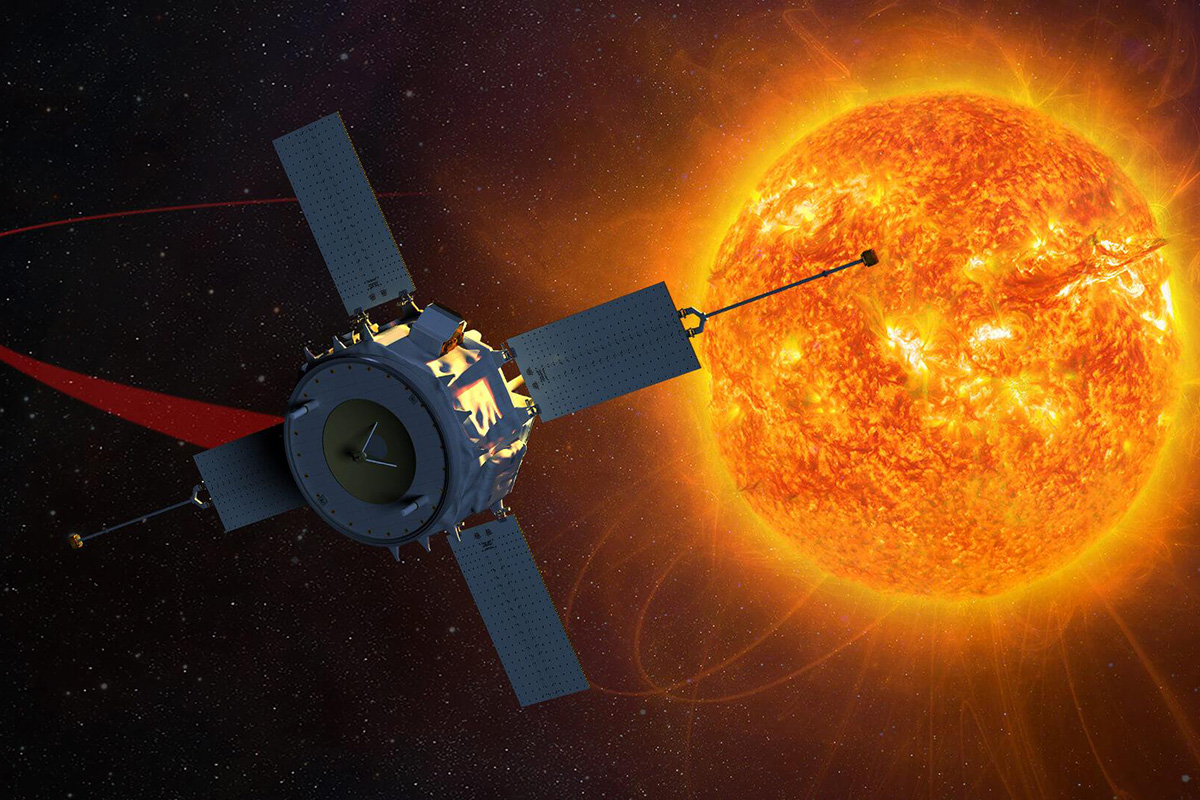
ACE Sun and Solar Wind
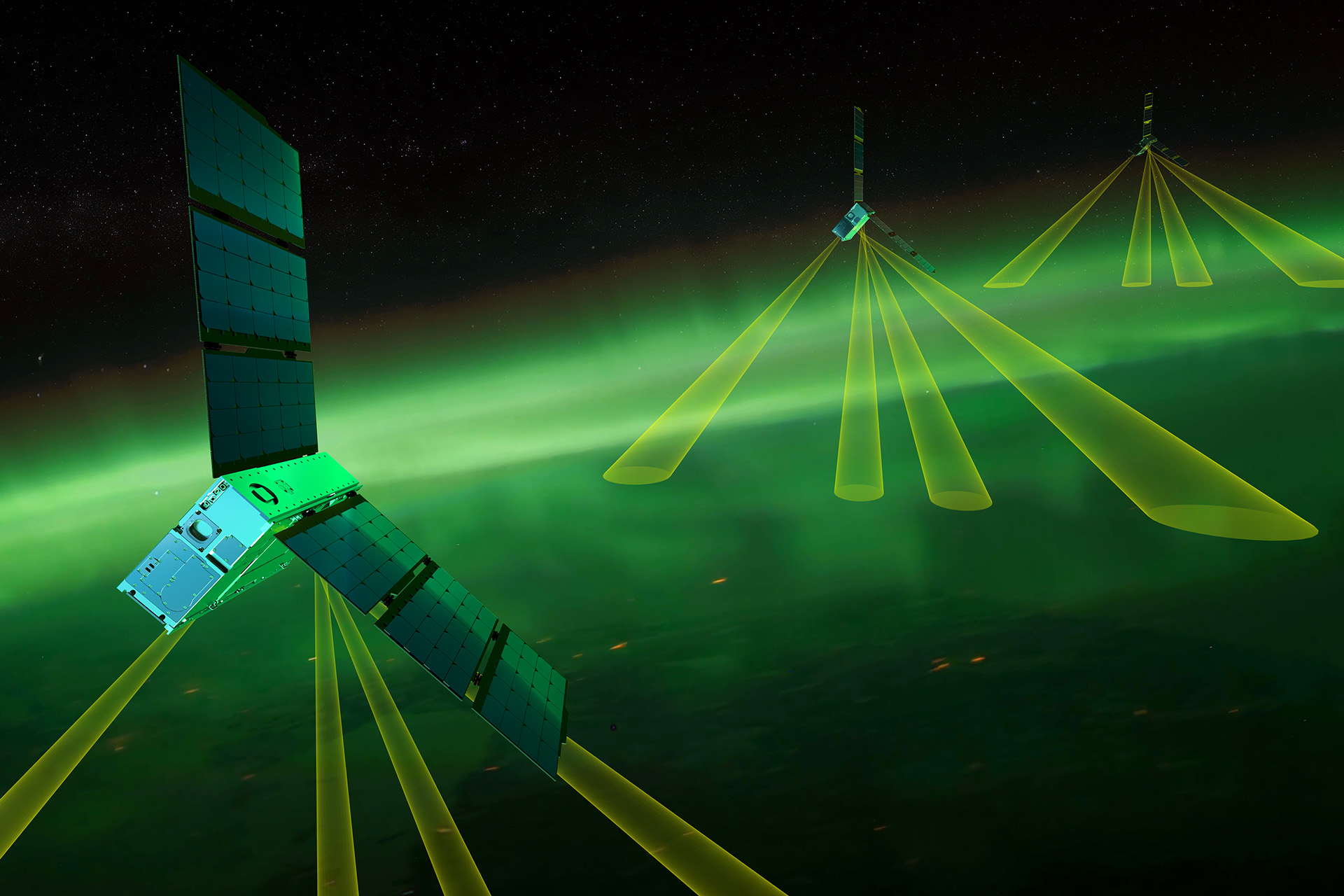
EZIE Earth
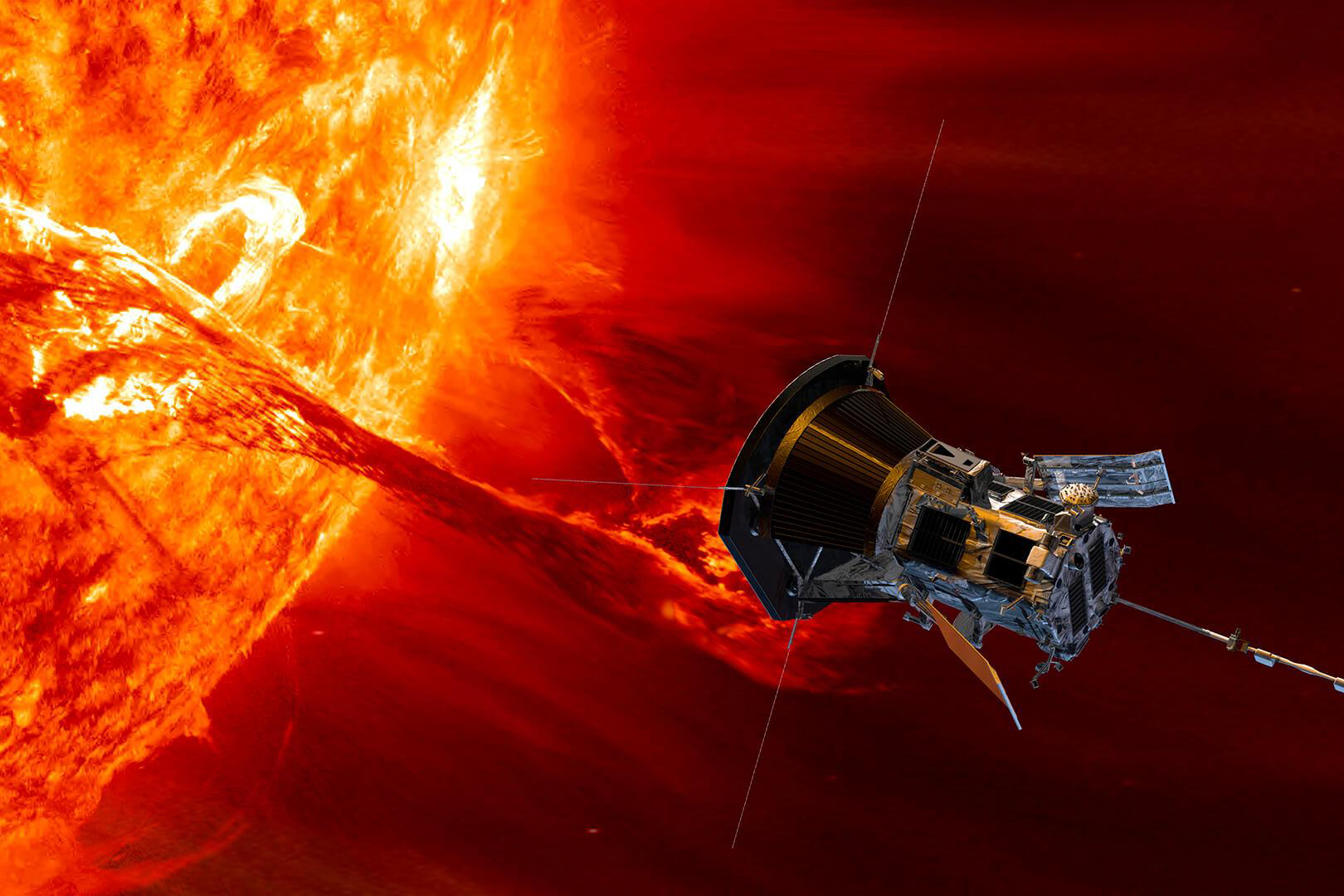
Parker Solar Probe Sun and Solar Wind

STEREO Sun and Solar Wind
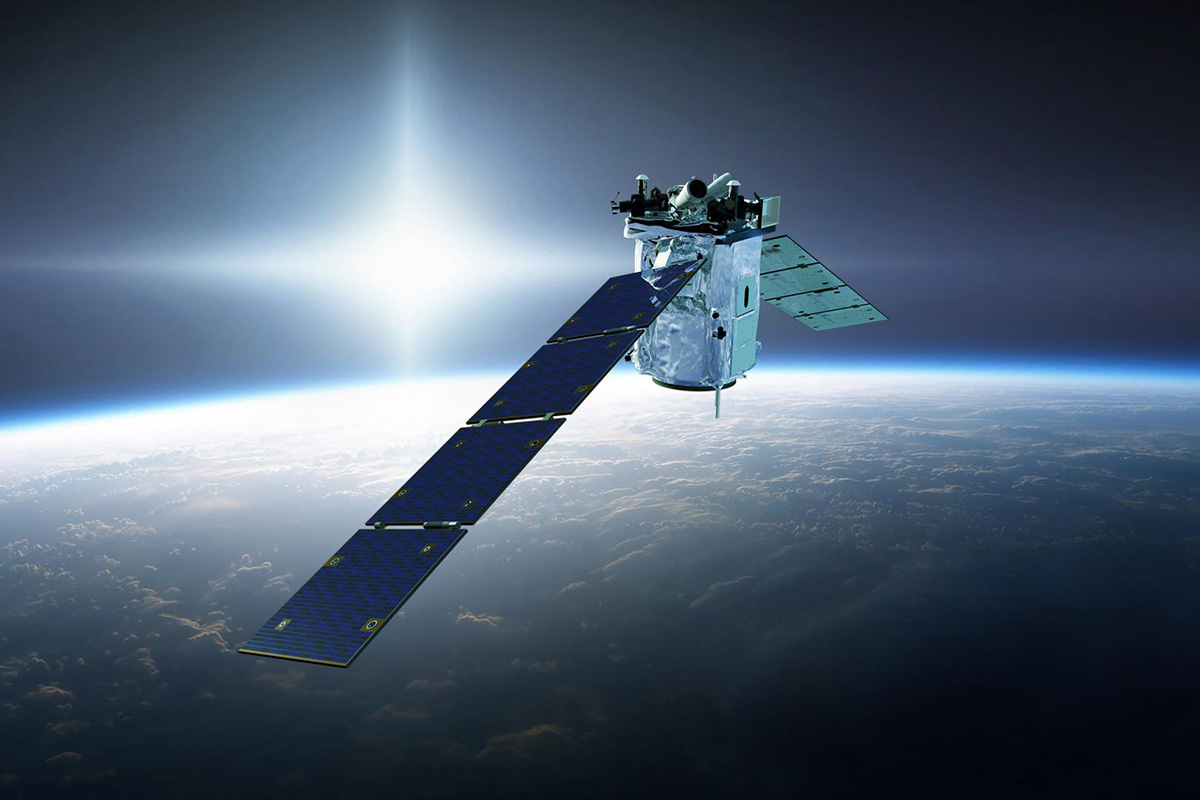
TIMED Earth
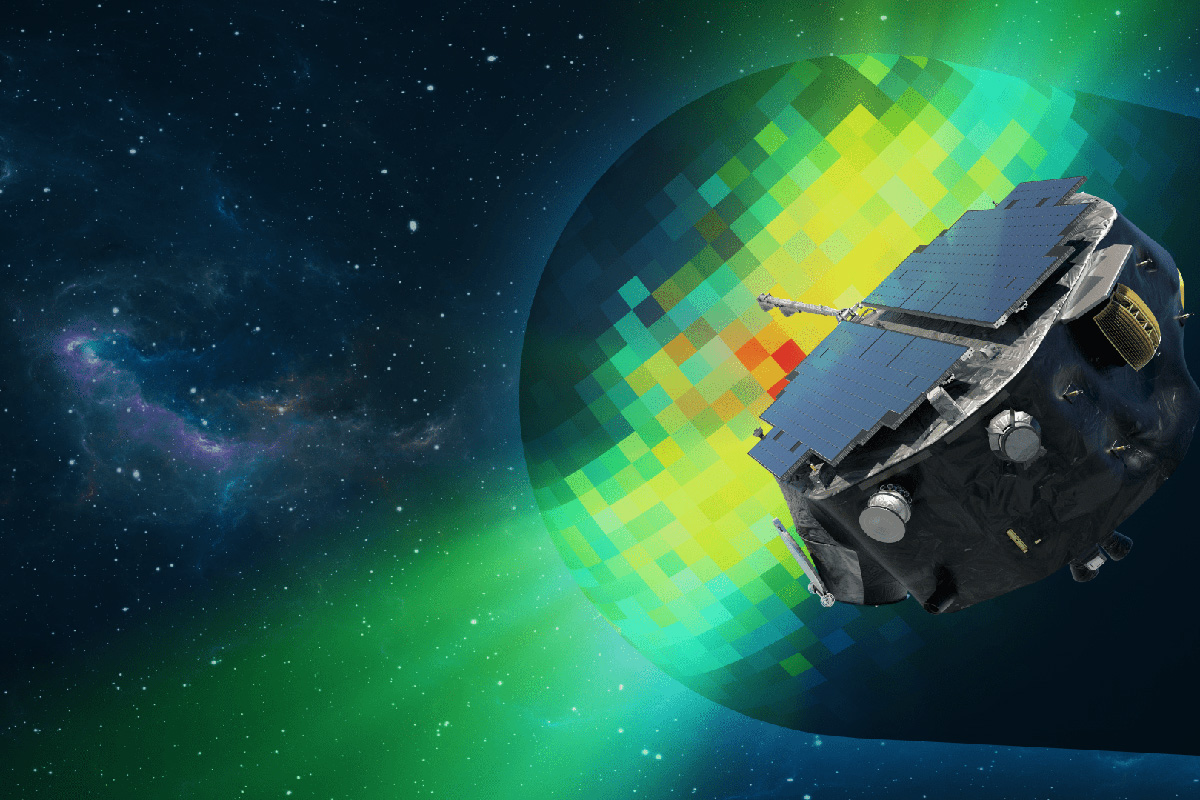
IMAP Interstellar Medium

SunCET Sun and Solar Wind
Instruments
APL scientists and engineers have designed, built, and operated more than 300 novel space instruments to conduct cutting-edge research and make groundbreaking discoveries. Click below to learn about some of these instruments and their role in shaping our understanding of space weather.

EPAM Sun and Solar Wind

ULEIS Sun and Solar Wind

EPD-EIS Earth
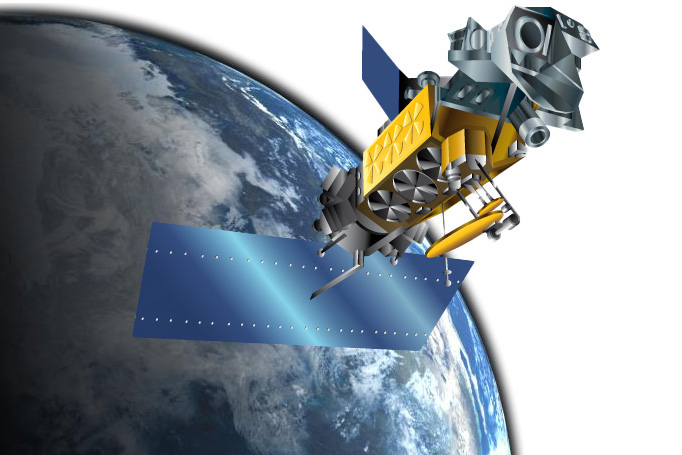
SSUSI Earth

GUVI Earth
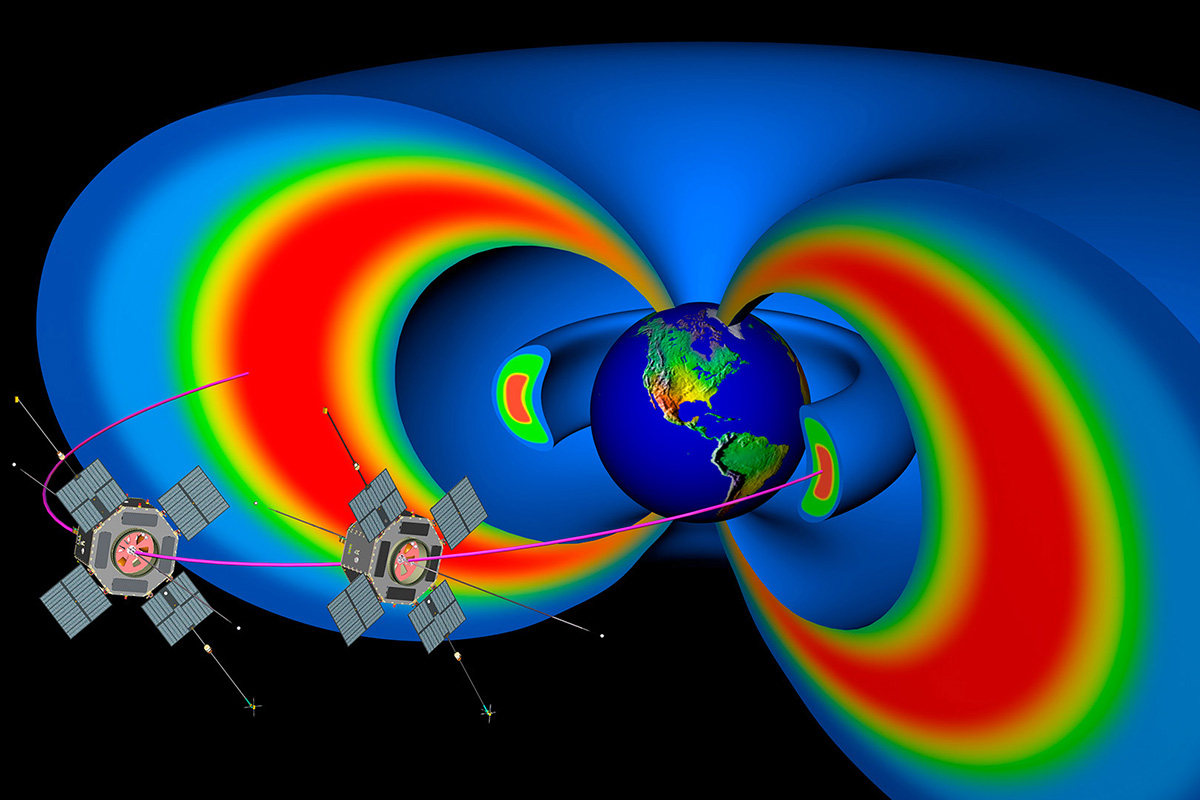
RBSPICE Earth
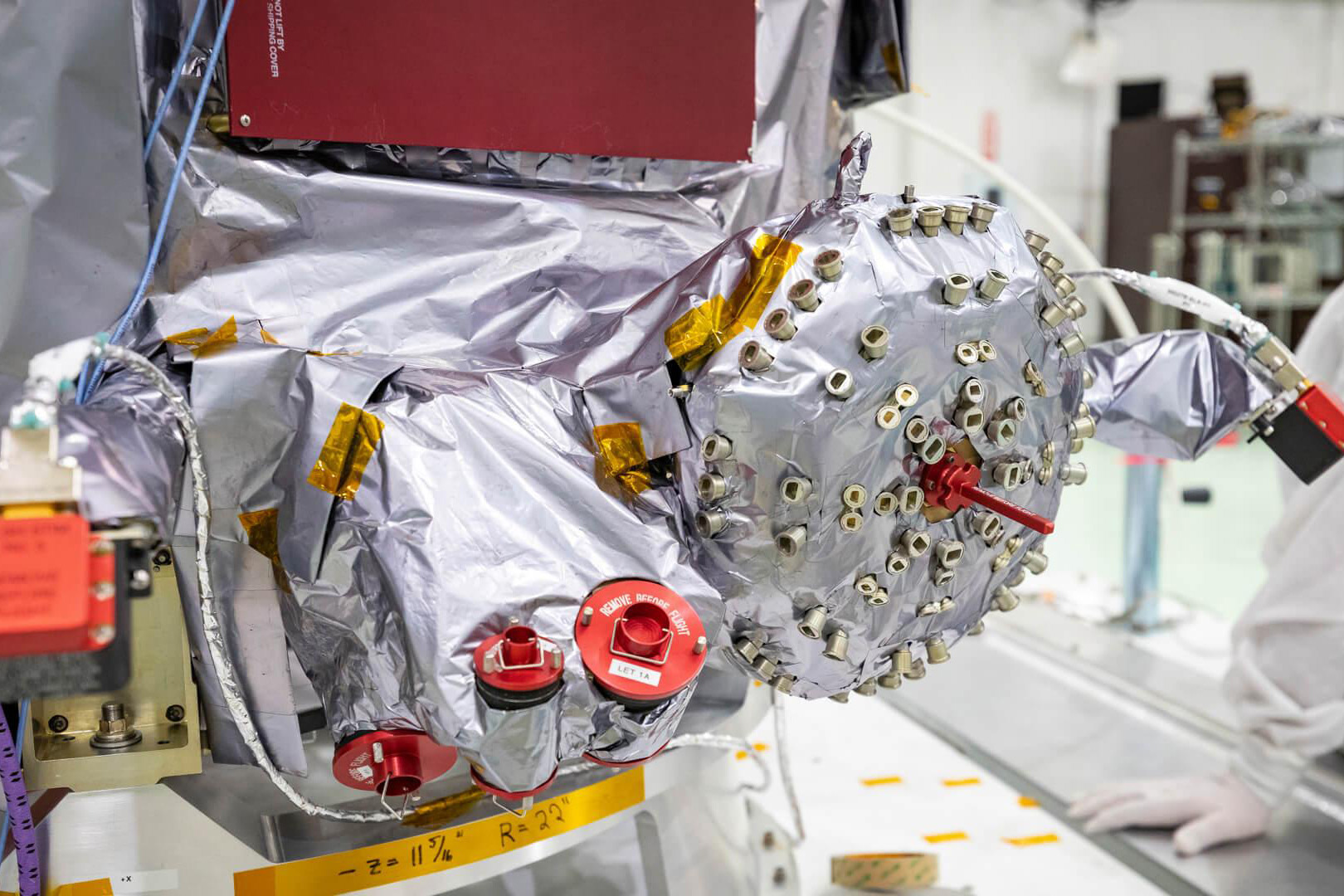
EPI-Lo Sun and Solar Wind
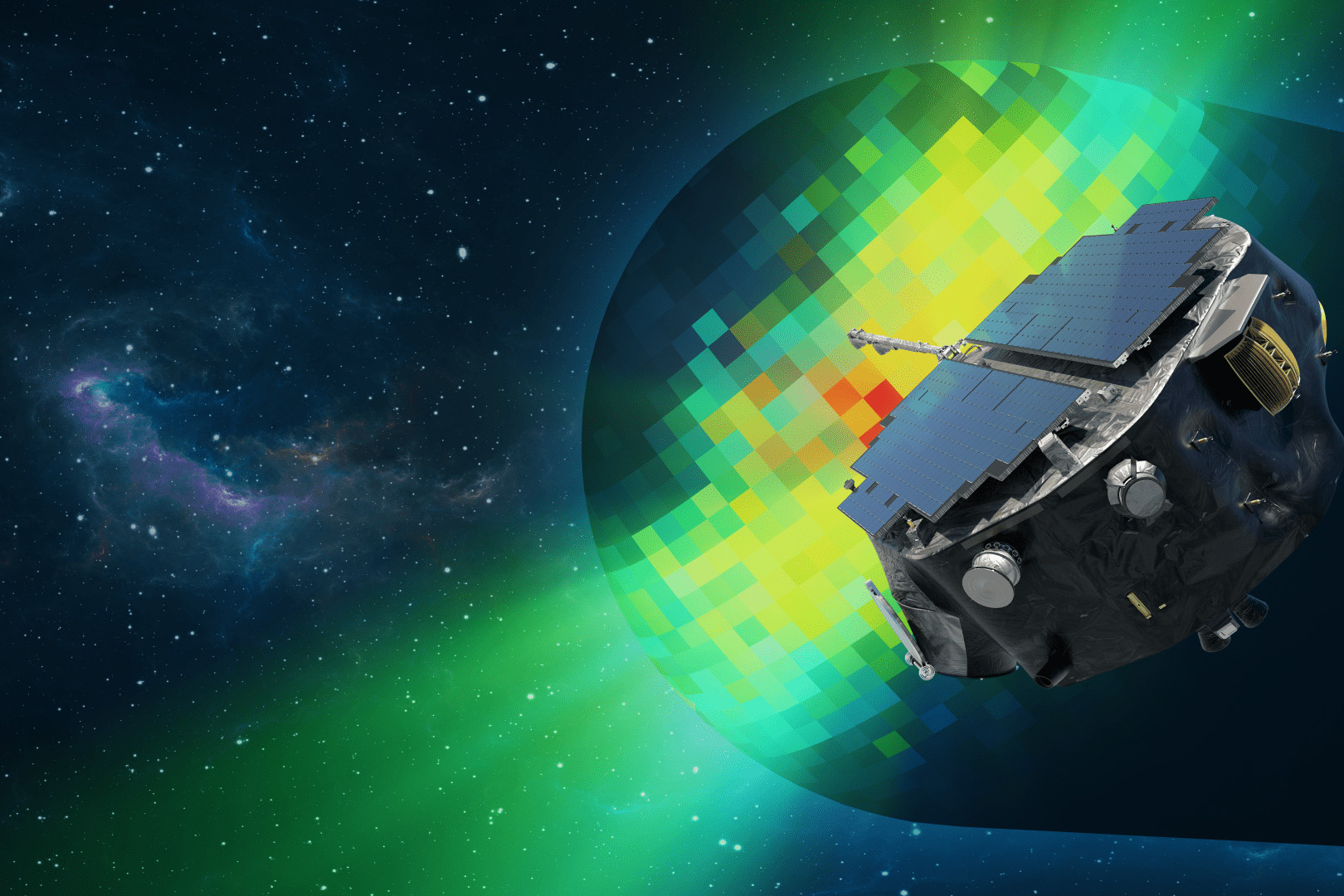
IMAP-Ultra Interstellar Medium
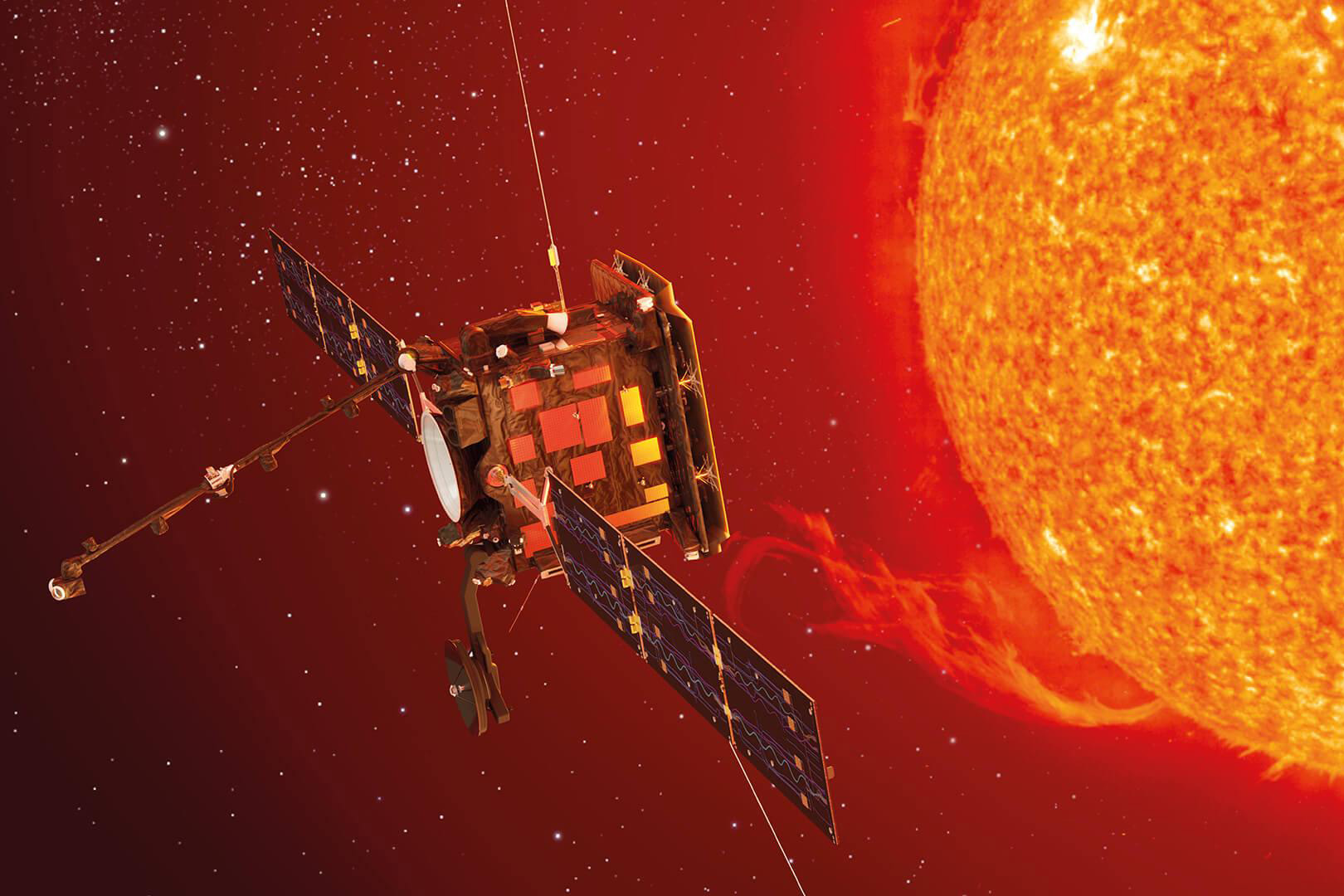
SIS Sun and Solar Wind
Initiatives
While APL may be known for engaging in space-firsts and building first-of-its-kind spacecraft that deflect asteroids or touch the Sun, it also has a deep knowledge base of science and engineering experts who provide critical contributions to critical challenges. Through initiatives like Planetary Defense, Heliophysics and Space Weather, and Cislunar Operations, APL is able to deliver game-changing impacts for civil and national security.
